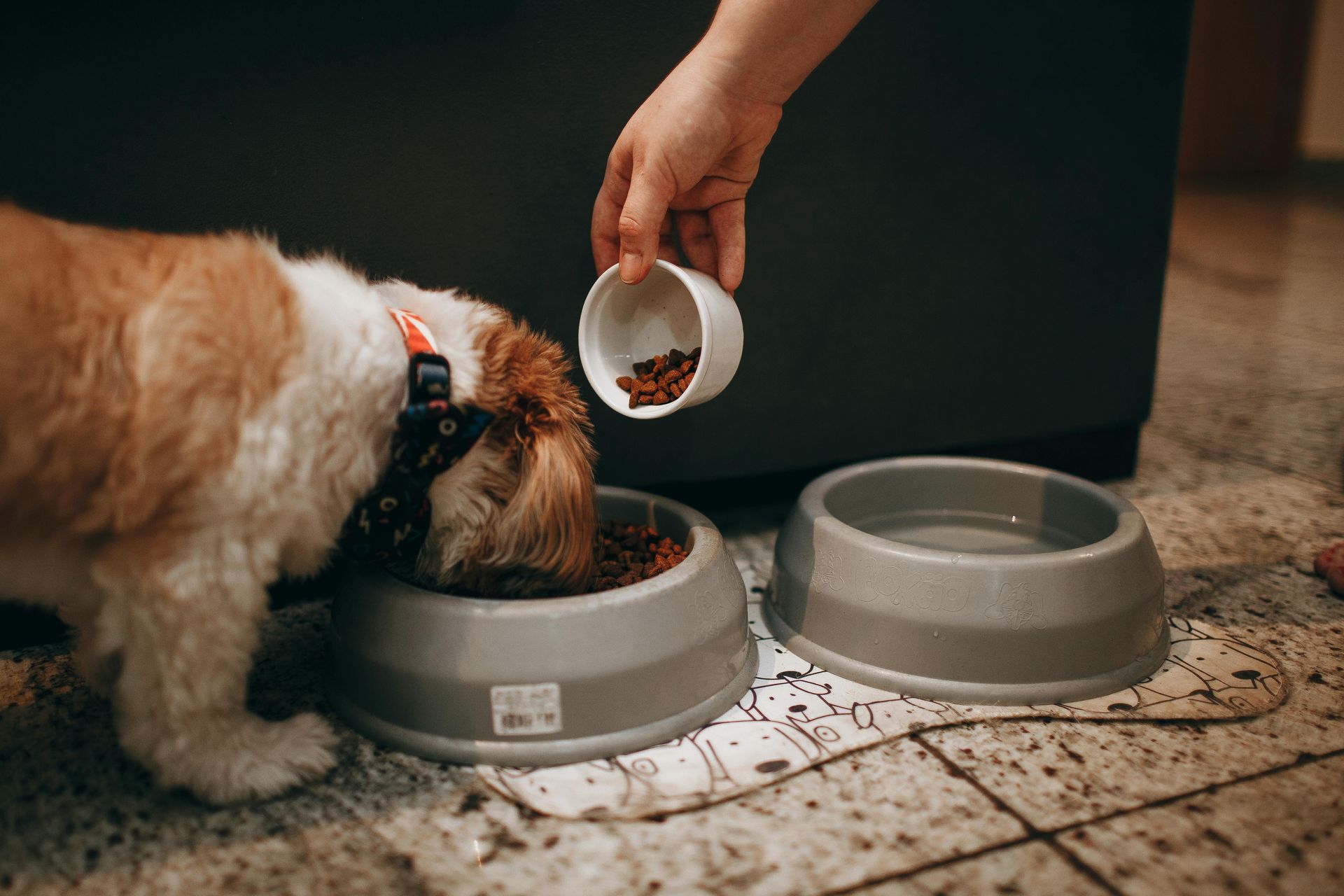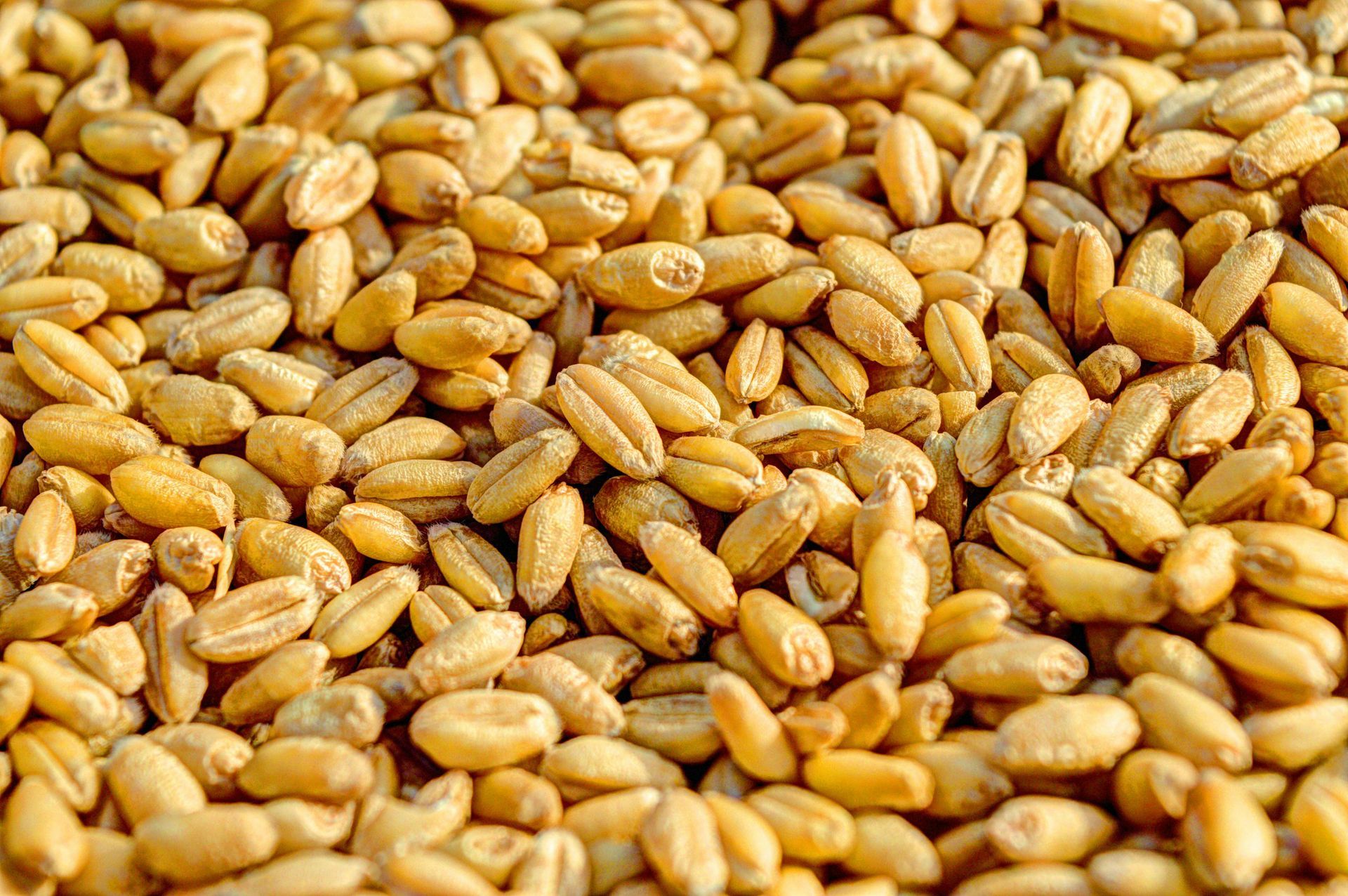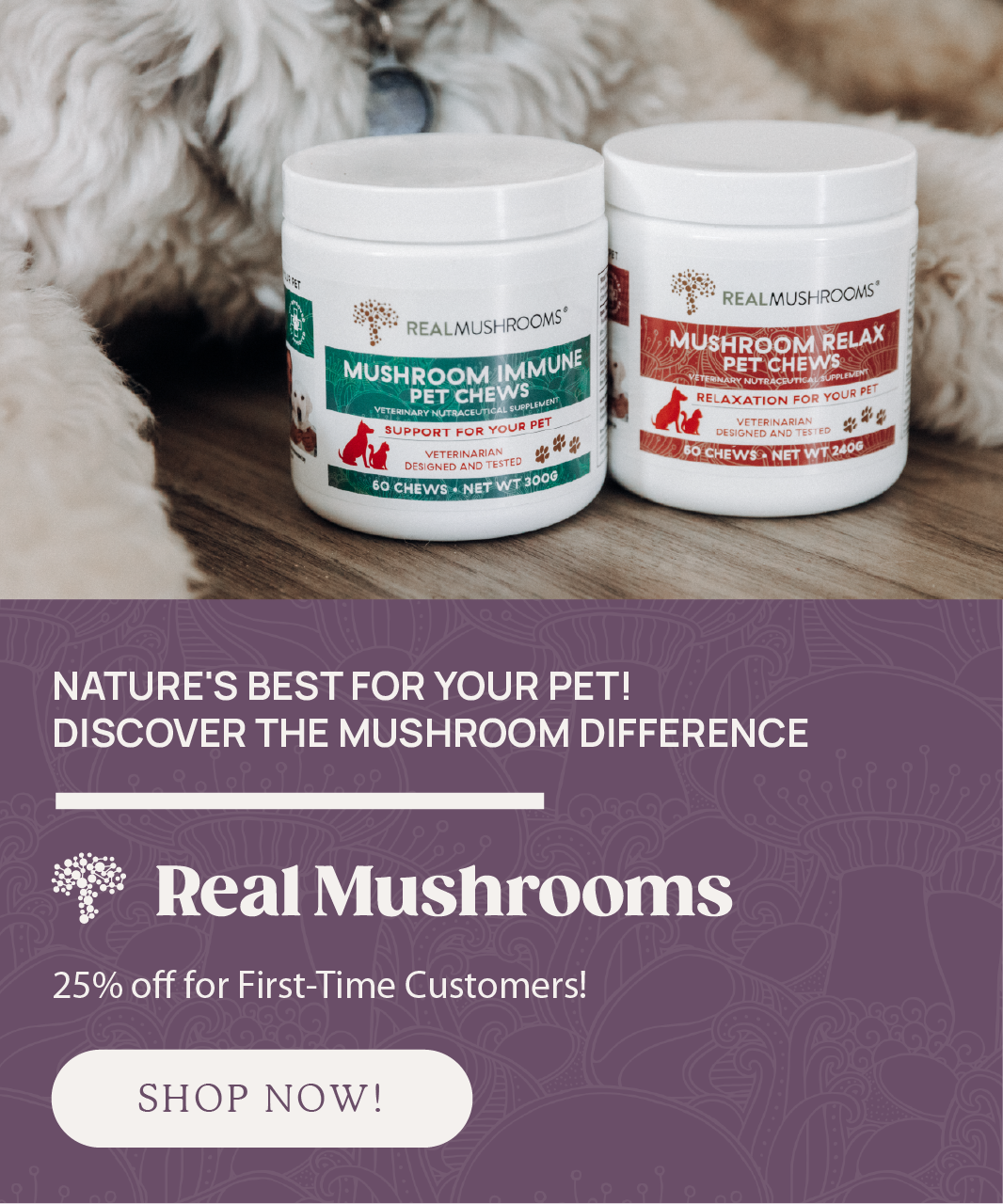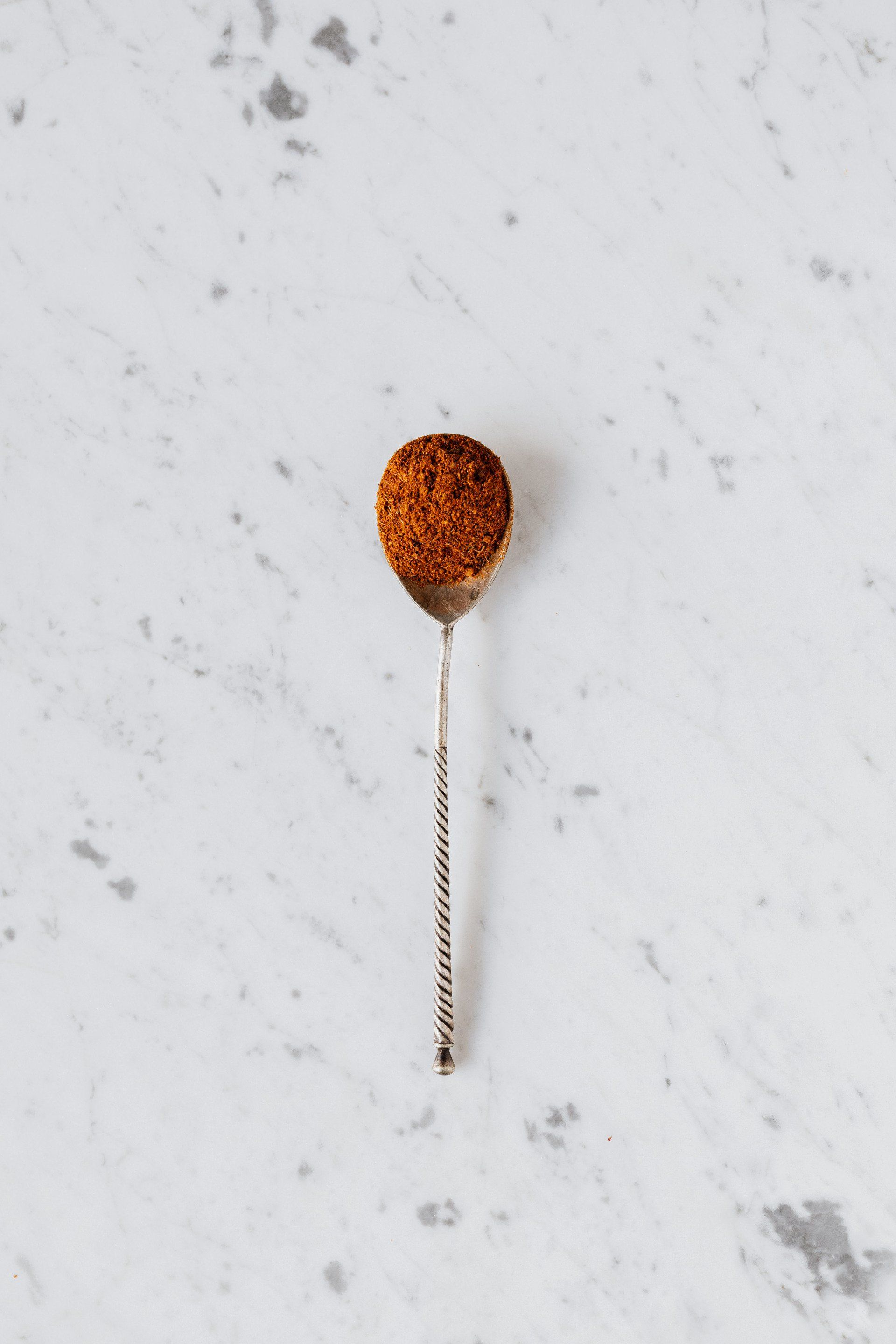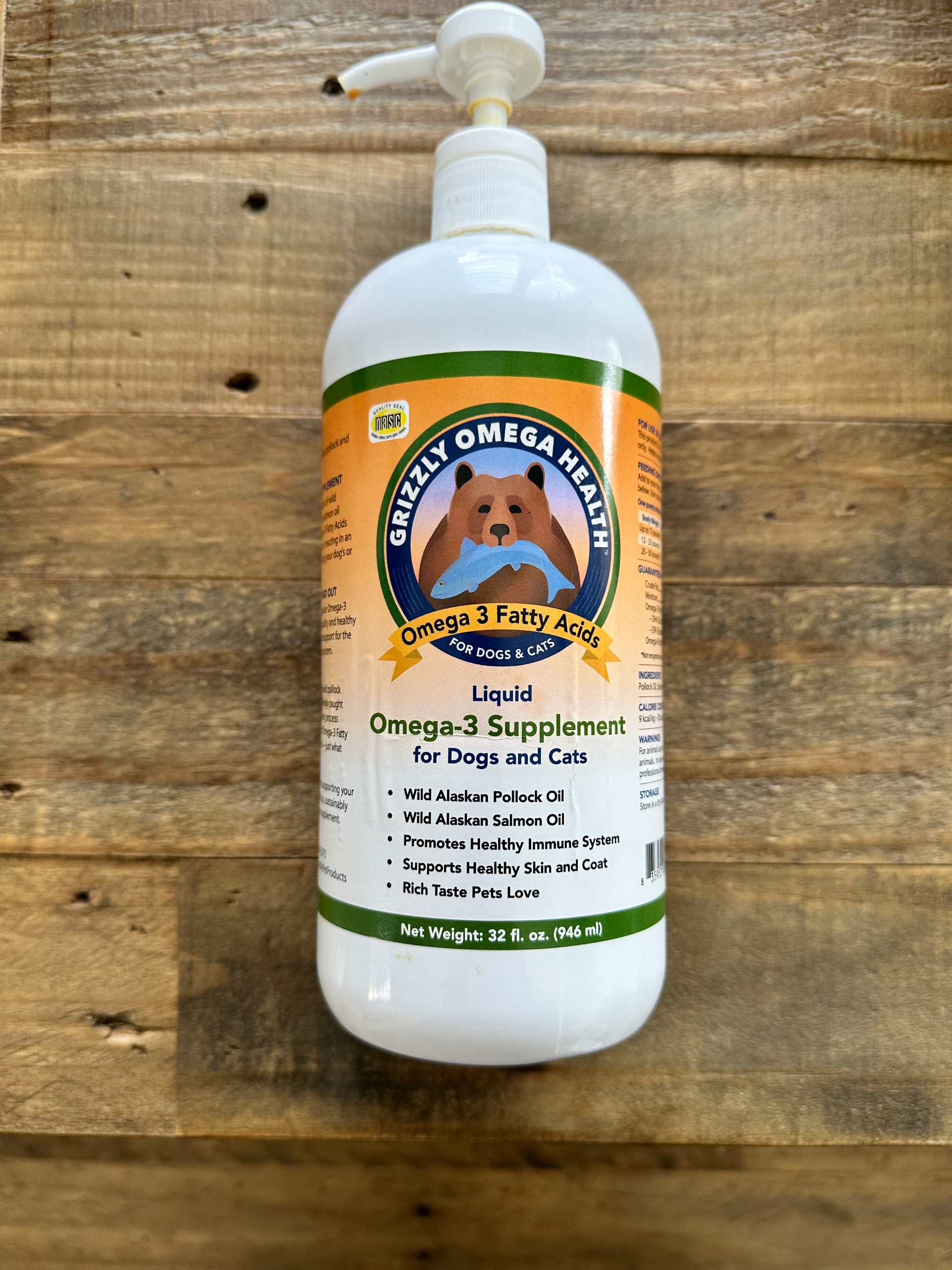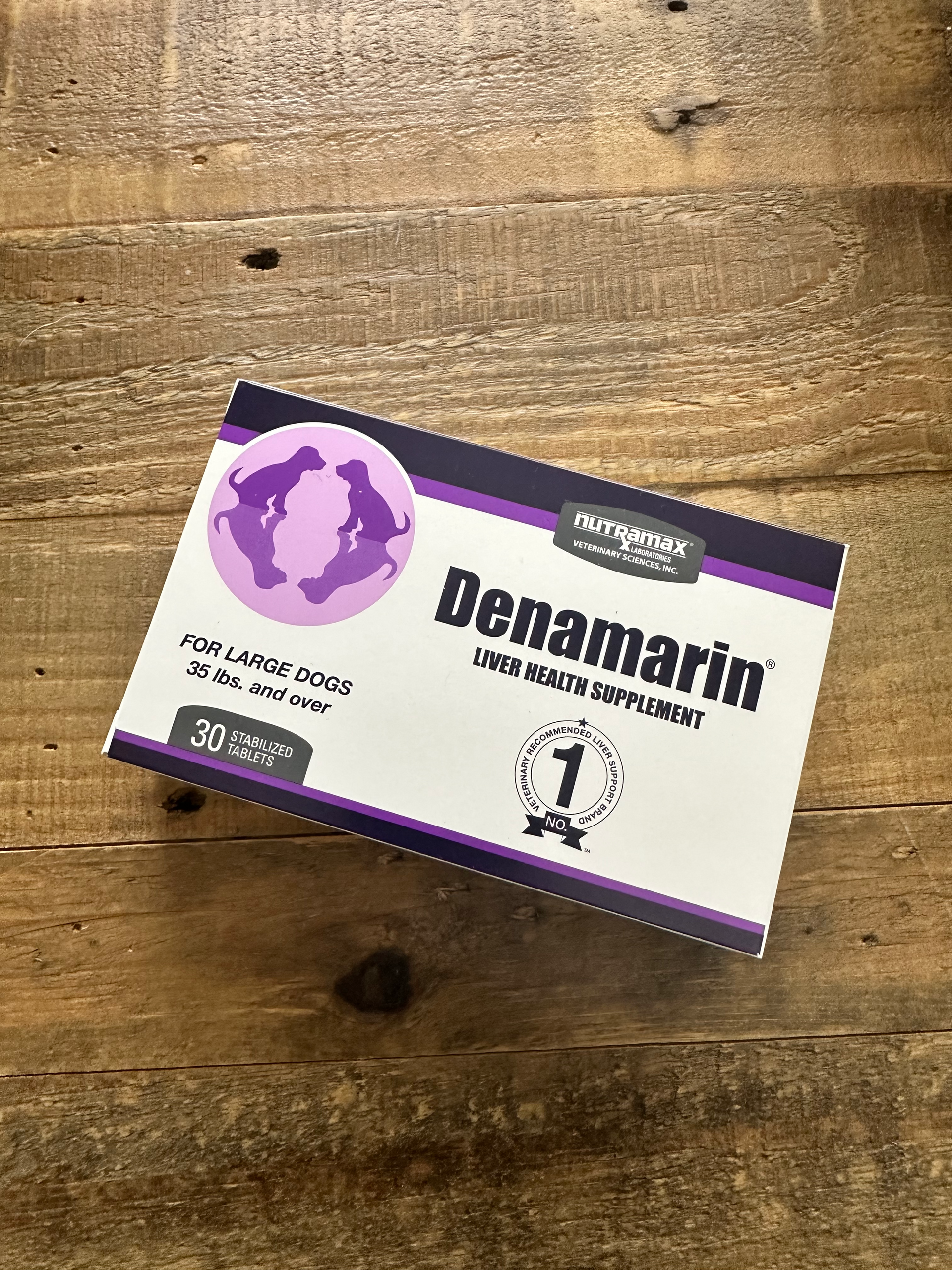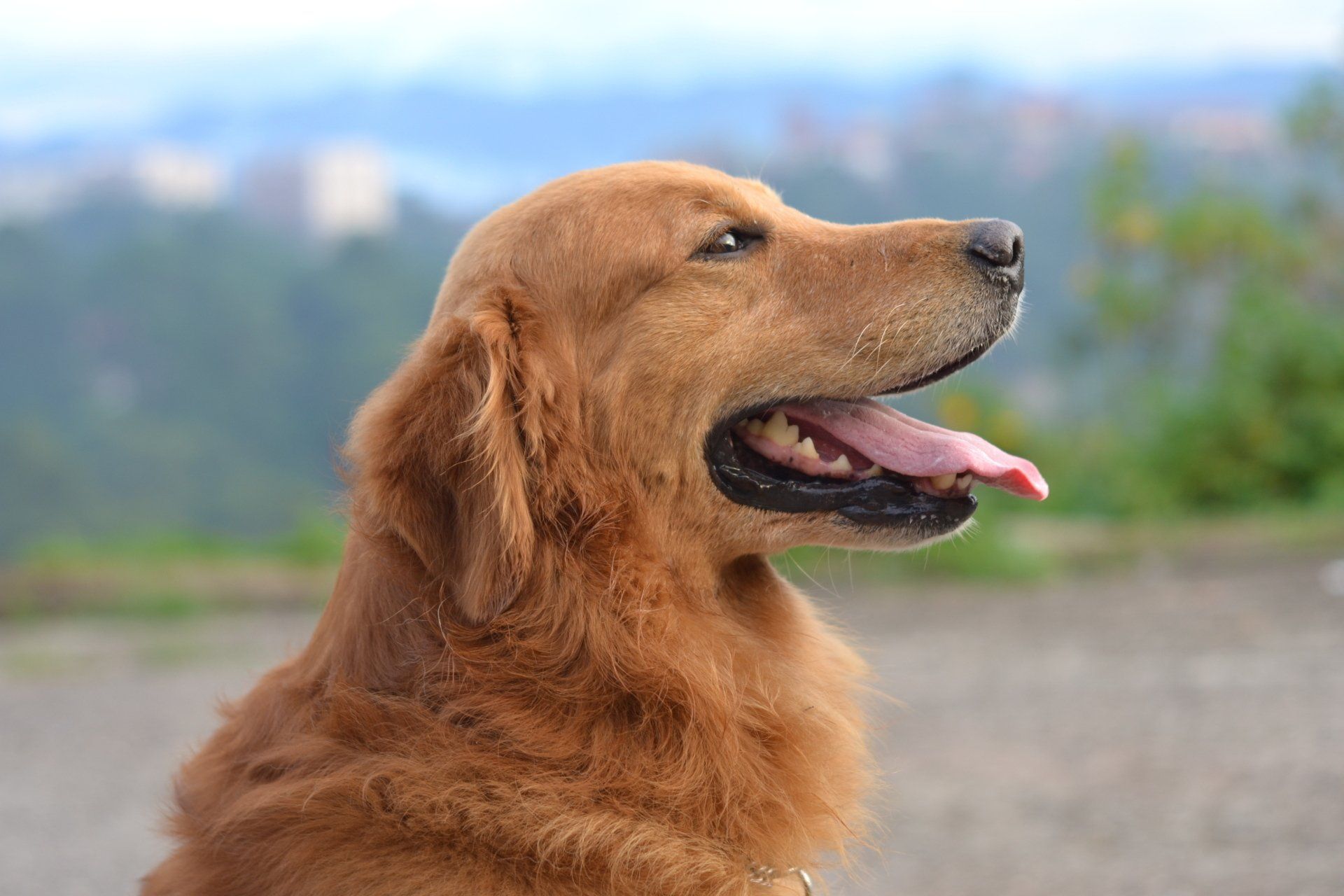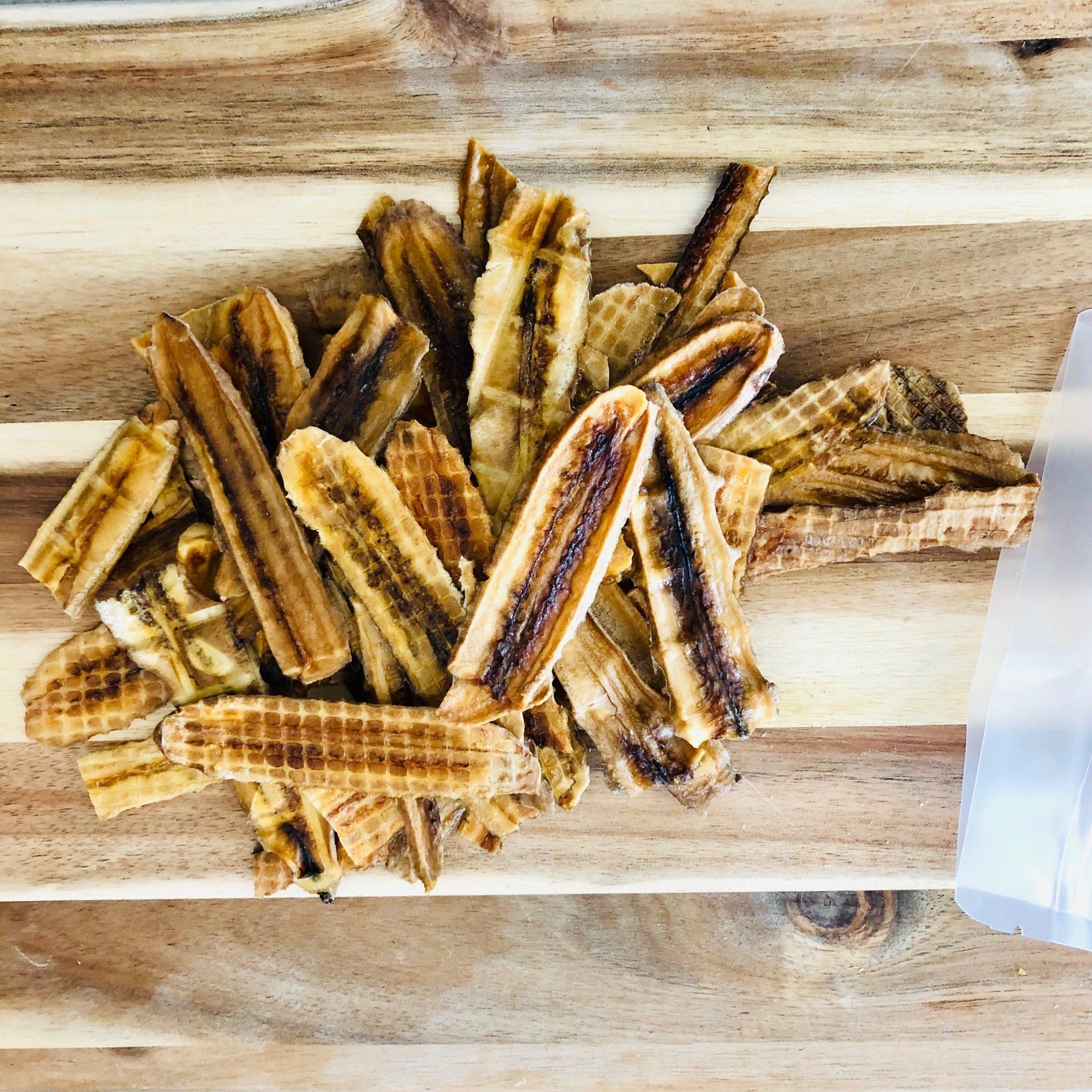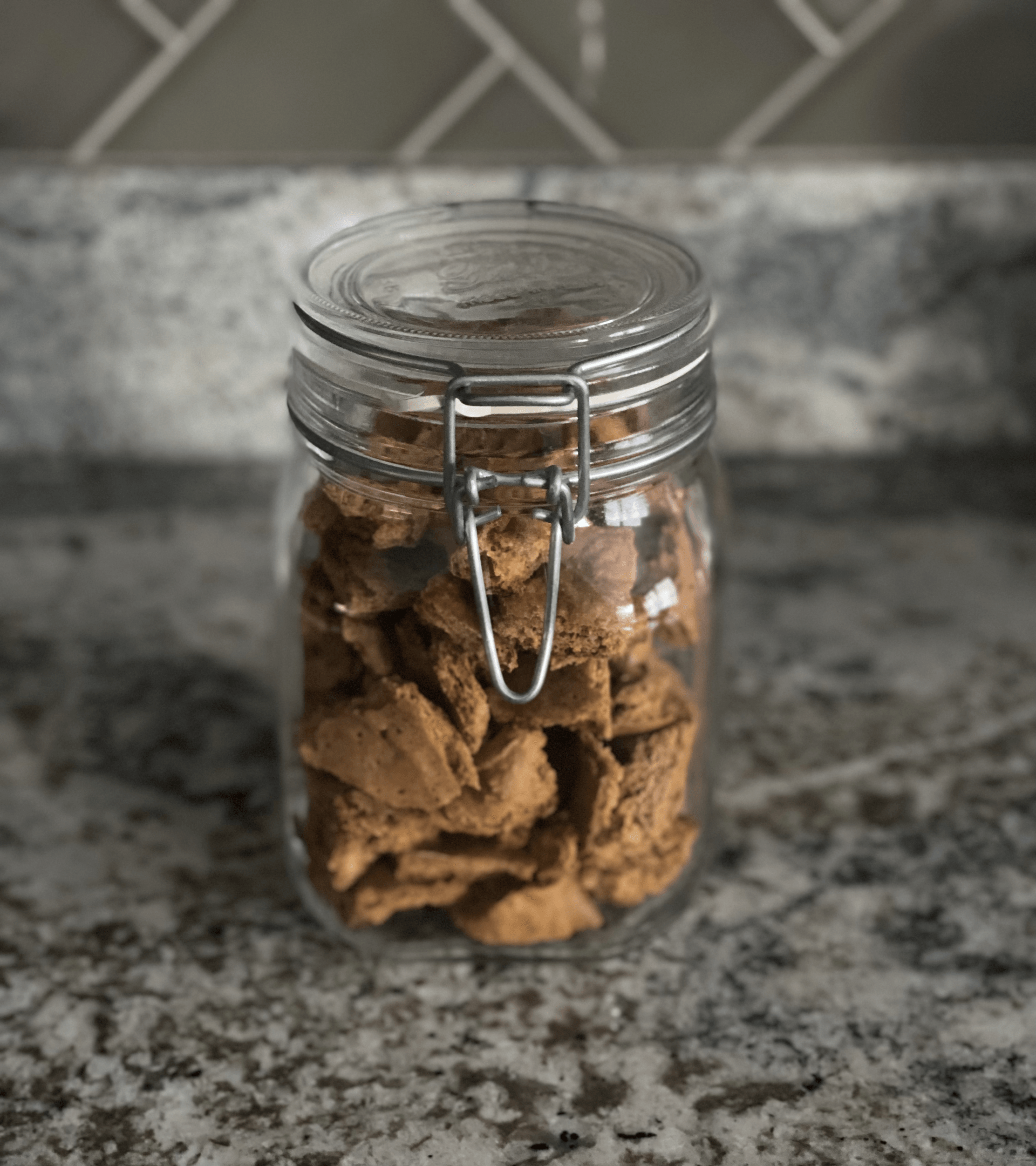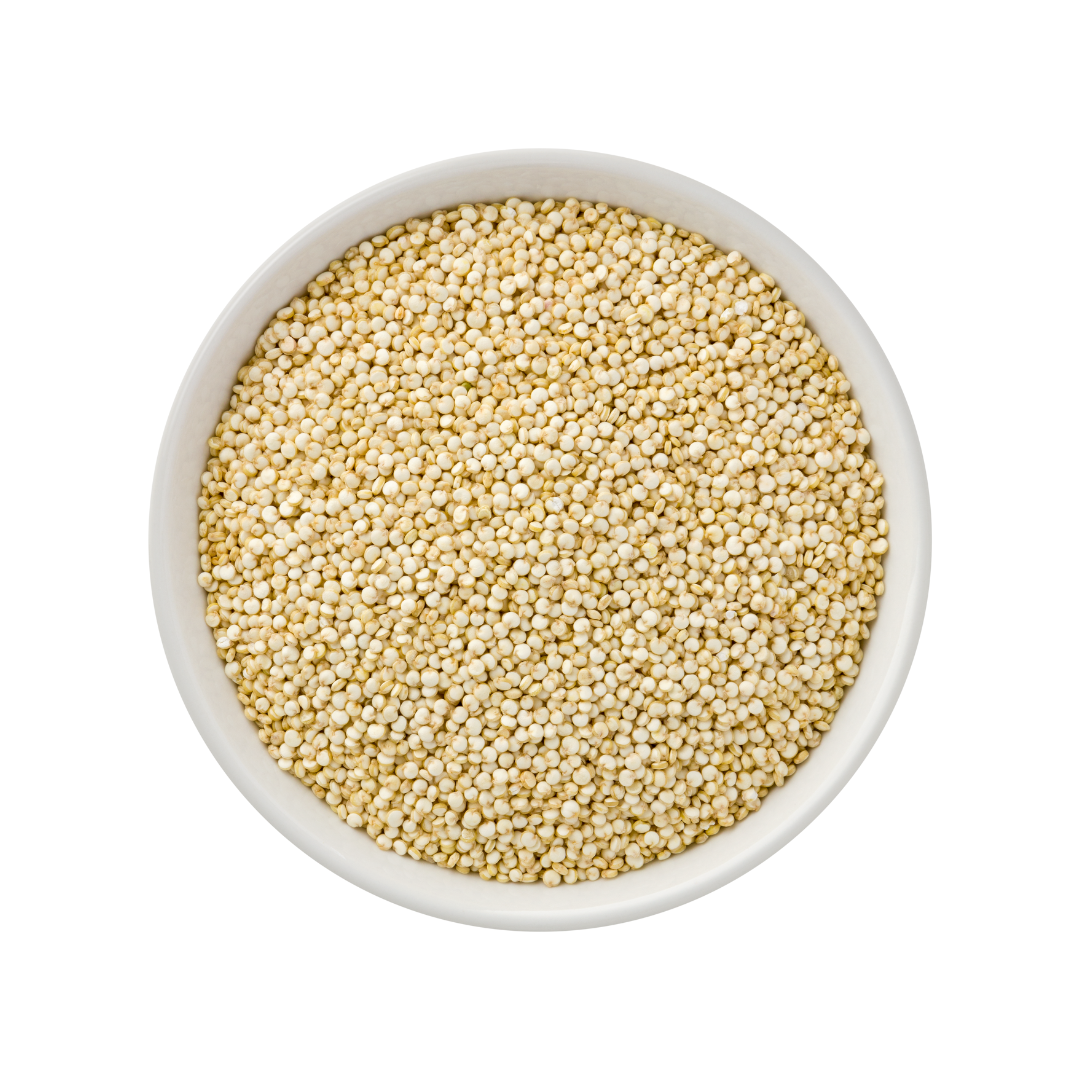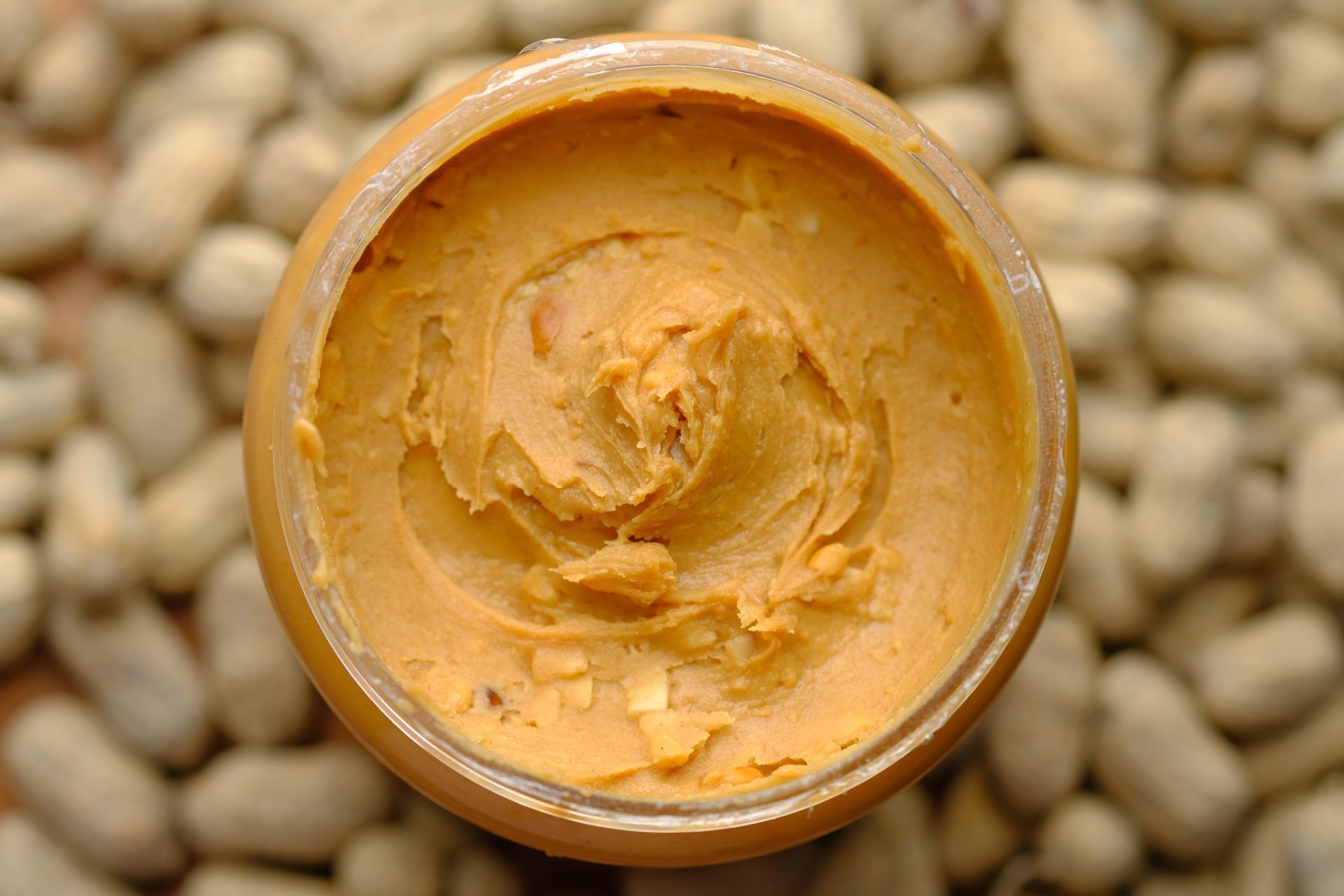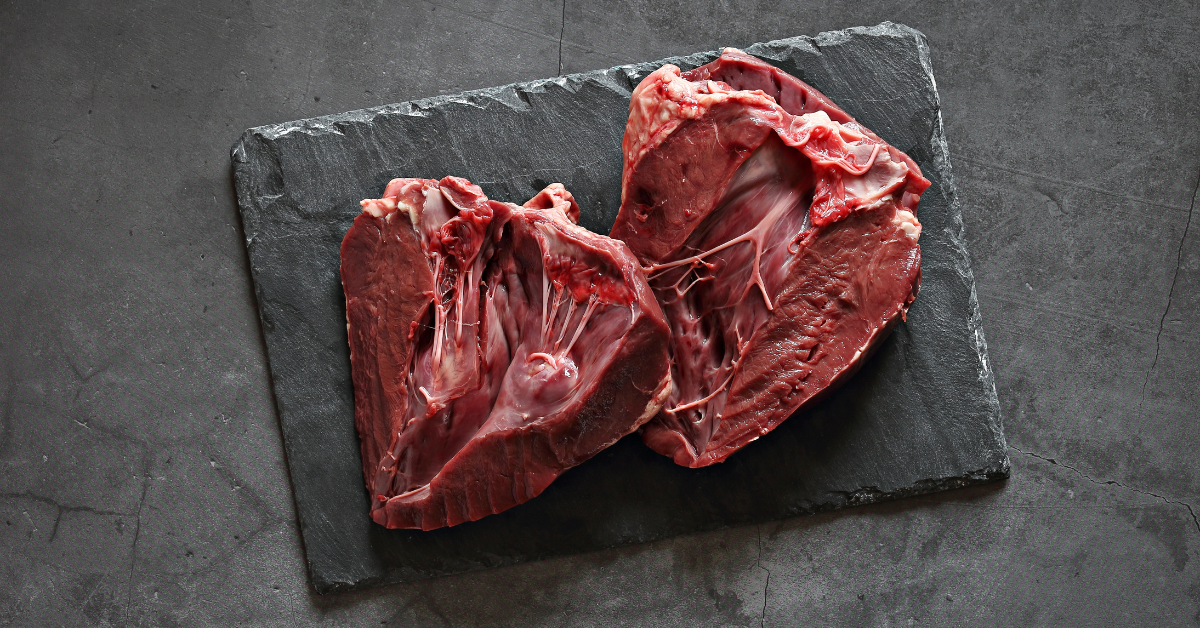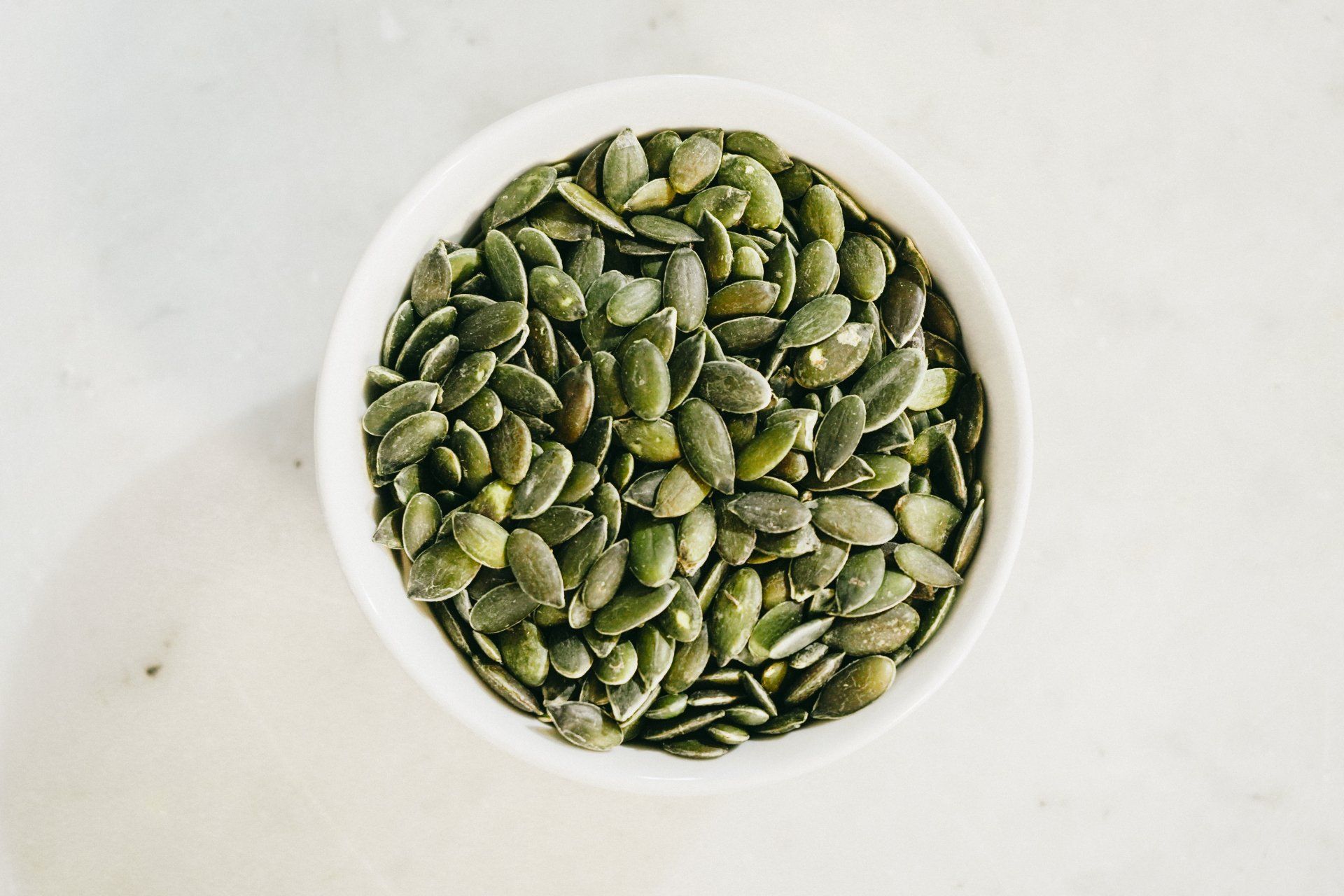Spotting the Signs of Arthritis
Early detection is crucial for managing arthritis effectively.
Watch for these signs:
- Stiffness: Difficulty rising from rest, reluctance to jump or climb stairs.
- Lameness: Limping, favoring one leg, or altered gait.
- Reduced activity: Less playful, sleeping more, avoiding walks.
- Changes in behavior: Irritability, whining, accidents in the house due to difficulty getting outside.
Types and Stages of Arthritis
Types of Arthritis
- Osteoarthritis (OA): The most common, caused by cartilage degeneration due to wear and tear.
- Immune-mediated arthritis (IMA): The body's immune system attacks joint tissues, causing inflammation.
- Infectious arthritis: Caused by bacteria or other pathogens entering the joint.
Understanding OA Progression:
OA progresses in stages, each with varying levels of pain and stiffness:
- Stage 1: Mild cartilage thinning, minimal symptoms.
- Stage 2: Moderate cartilage loss, occasional stiffness and pain.
- Stage 3: Significant cartilage damage, limping, and noticeable pain.
- Stage 4: Severe cartilage loss, bone-on-bone contact, significant pain and limited mobility.
Helping Your Dog Move Easier
Dog, especially larger ones, with arthritis struggle to get up due to pain, making it difficult to help them. This impacts both their mobility and your ability to assist, creating a frustrating and emotional situation.
- Ramps and stairs: Install ramps or provide non-slip steps to help them navigate furniture, beds, and other elevated areas to eliminate the need to jump.
- Non-slip flooring: You may find that you dog slips on tile and wood floors, especially when trying to get up. Use rugs or mats with good traction to prevent slipping and falls.
- Foot Pads, Boots and Socks: Another option for slipping is to purchase socks with grip pads on the bottom. Alternatively, you can try adhesive foot pads mad for dogs. These stick directly on the foot pad and are removed with water.
- Lift harnesses: These harnesses provide support and assistance for dogs who struggle with stairs or getting up from lying down.
- Controlled exercise: Regular, low-impact activities like swimming, walking on soft surfaces, or controlled leash walks are crucial for maintaining muscle strength and joint health.
Treatments to Discuss with your Vet
Medications
Veterinarians often recommend a multimodal approach. Here are a few to discusss with your vet:
- Nonsteroidal anti-inflammatory drugs (NSAIDs): Reduce inflammation and pain.
- Opioid pain relievers: For severe pain.
- Nutraceuticals: Consult your vet about their effectiveness and potential interactions.
There are recent advancements in arthritis management worth exploring with your vet:
1. Librela (bedinvetmab)
- What it is: Librela is the first and only FDA-approved monoclonal antibody injection for canine osteoarthritis pain. It targets Nerve Growth Factor (NGF), a protein involved in pain signaling.
- How it works: Librela binds to NGF, preventing it from reaching pain receptors in the brain, thereby reducing pain perception.
- Benefits: Librela offers long-lasting pain control with monthly injections, potentially improving mobility and quality of life.
- Considerations: It's a prescription medication requiring veterinary monitoring and may not be suitable for all dogs.
2. Adequan Canine (polysulfated glycosaminoglycan)
- What it is: Adequan is an injectable medication containing glycosaminoglycans, natural molecules that support joint health.
- How it works: It's believed to improve joint lubrication, reduce inflammation, and potentially stimulate cartilage repair.
- Benefits: Adequan may offer pain relief and improve joint function, often used alongside other arthritis management strategies.
- Considerations: It requires weekly injections and may not be effective for all dogs, with potential side effects like allergic reactions.
3. Galaprant (leflunomide)
- What it is: Galaprant is an immunosuppressive medication used for severe canine inflammatory diseases, including rheumatoid arthritis.
- How it works: It suppresses the immune system, potentially reducing inflammation and slowing disease progression.
- Benefits: Primarily used for severe cases, Galaprant can offer pain relief and improved mobility in specific situations.
- Considerations: It requires careful monitoring due to potential side effects like liver problems, and it's not suitable for all dogs.
Note: As with most drugs, each comes with potential side effects. We do not specifically recommend any of these drugs, rather suggest that you discuss these with your vet.
Holistic Approaches
While traditional medication plays a key role in managing canine arthritis, alternative therapies like light therapy and acupuncture offer promising possibilities. Let's delve into their potential benefits:
Light Therapy
- Types: Two main types are used: Red light therapy (RLT) and laser therapy.
- How it works: RLT is thought to reduce inflammation, promote healing, and improve pain relief. Laser therapy may stimulate acupuncture points and reduce inflammation.
- Benefits: Studies suggest potential benefits in reducing pain, improving mobility, and accelerating healing in dogs with arthritis.
- Considerations: Research is ongoing, and effectiveness may vary. Consult your veterinarian to discuss suitability and potential interactions with medication.
Acupuncture
- How it works: Tiny needles inserted at specific points stimulate the nervous system, potentially reducing pain, inflammation, and promoting healing.
- Benefits: Studies suggest it may offer pain relief and improve mobility in some dogs with arthritis.
- Considerations: Requires a licensed veterinary acupuncturist. Effectiveness may vary, and it's not a substitute for veterinary care.
Hydrotherapy
- What it is: Exercise in water, using treadmills, pools, or underwater walking.
- Benefits: Buoyancy reduces stress on joints, allowing for pain-free exercise, muscle strengthening, and improved flexibility. It can also be mentally stimulating and fun for dogs.
- Considerations: Requires access to a veterinary hydrotherapy facility and supervision by a trained professional.
Physical Therapy
- What it is: Tailored exercises and manual therapy techniques to improve muscle strength, range of motion, balance, and coordination.
- Benefits: Can address specific weaknesses, improve mobility, and reduce pain, leading to a more active and fulfilling life for your dog.
- Considerations: Requires sessions with a veterinary physical therapist and your active participation in implementing the prescribed exercises at home.
Additional Resources:
- American Kennel Club: https://www.akc.org/
- Arthritis Foundation: https://caninearthritis.org/dog-owner/
- International Association for Animal Physical Therapy: https://iaapt.physio/



